Haga Town , Tochigi栃木県芳賀町
Living in Haga Town, Tochigi
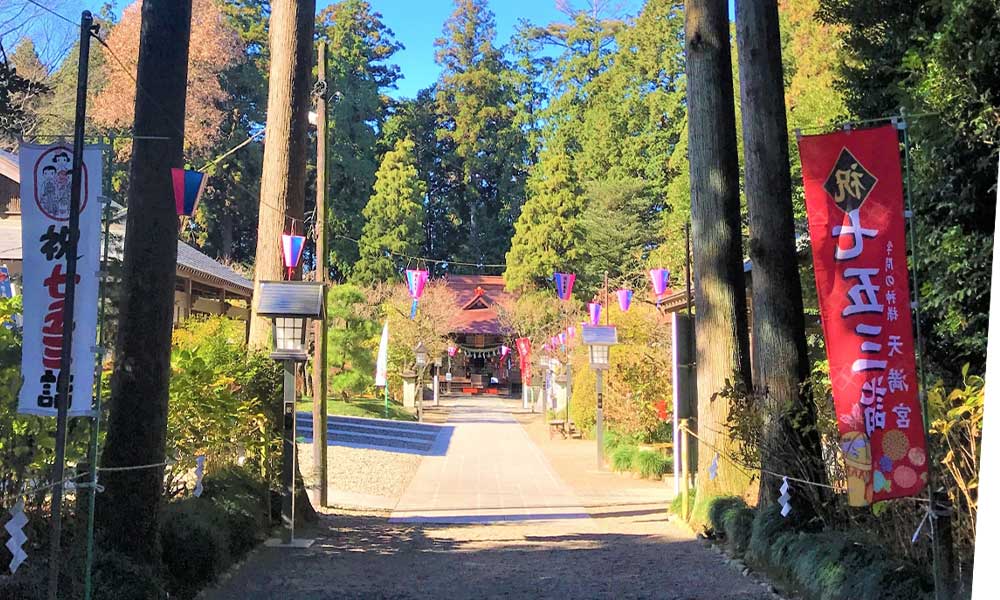
We have Summarized the livability of Haga Town, Tochigi.
EASTERN AREA県東地域
CONTENTS
- What kind of place is Haga Town?
- Haga TownPR video
- How is the traffic situation in Haga Town?
- How are the rent and land prices in Haga Town?
- How is childcare and education in Haga Town?
- How about shopping in Haga Town?
- How about jobs and recruitment in Haga Town?
- Haga Town’s unique subsidy/subsidy system
What kind of place is Haga Town, Tochigi?
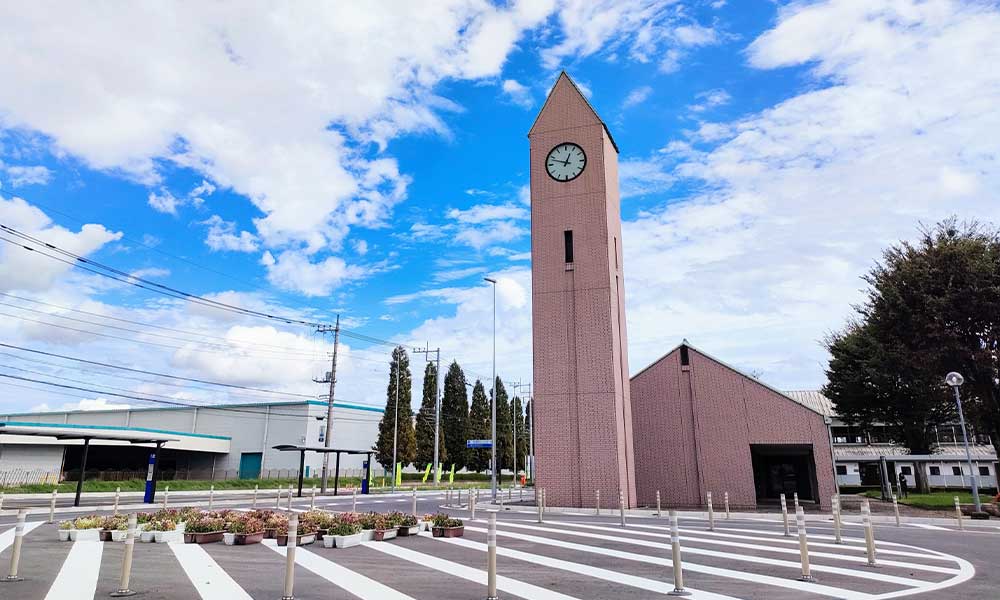
Haga Town is a town where you can enjoy a relaxed lifestyle in an area rich in nature and thriving agriculture.
Located in the central eastern part of Tochigi Prefecture, with an area of approximately 70.16 square kilometers.
To the north is Takanezawa Town in Shioya District, to the east is Ichikai Town, to the south is Moka City, and to the west is Utsunomiya City.
The population is about 15,000, with approximately 5,000 households (as of December 2023).
The central part of the town features a rice paddy area, with the Gogyō River and the Nomoto River flowing through it. East and west of this area, there are plateaus, creating a unique topography.
The majority of the town is characterized by tranquil rural landscapes, with residential areas spreading along major roads. On the west side of the town, over 100 companies, including automobile-related businesses, have formed an industrial complex, creating a harmonious blend of nature and industry.
In recent years, the town has been actively expanding industrial complexes and developing residential areas to achieve the goal of becoming a “town where young people can live comfortably” while aiming for job expansion.
In August 2023, the region saw the opening of the Utsunomiya Light Rail, the first tram service in the area, which connects Utsunomiya City, a major city in Tochigi Prefecture, and Haga Town, attracting attention as a new transportation route.
A notable tourist spot in Haga Town is the Roadside Station Haga. It features a “Tomoyuu Direct Sales Office” where seasonal vegetables and fruits can be purchased, along with a “Product Hall” selling local specialties and processed products like sweets. Seasonal events are also regularly held, making it a popular facility among tourists.
The facility includes a day-use hot spring, “Roman no Yu,” which boasts two sources of hot water that emerge from 1,500 meters underground. One source is known for its skin-beautifying effects, “Bijin no Yu,” while the other is appreciated for its moisturizing properties, “Atomari no Yu.”
PR video of Haga Town, Tochigi
Promotional video for settling down in Haga Town: “Haga Town STYLE+”
[Haga Town, Tochigi Prefecture] Haga Roadside Station
VERY BERRY TRAVEL Haga Onsen Romantic Hot Springs and Kaneda Orchards ~Haga Town Edition~
How is the traffic situation in Haga Town?
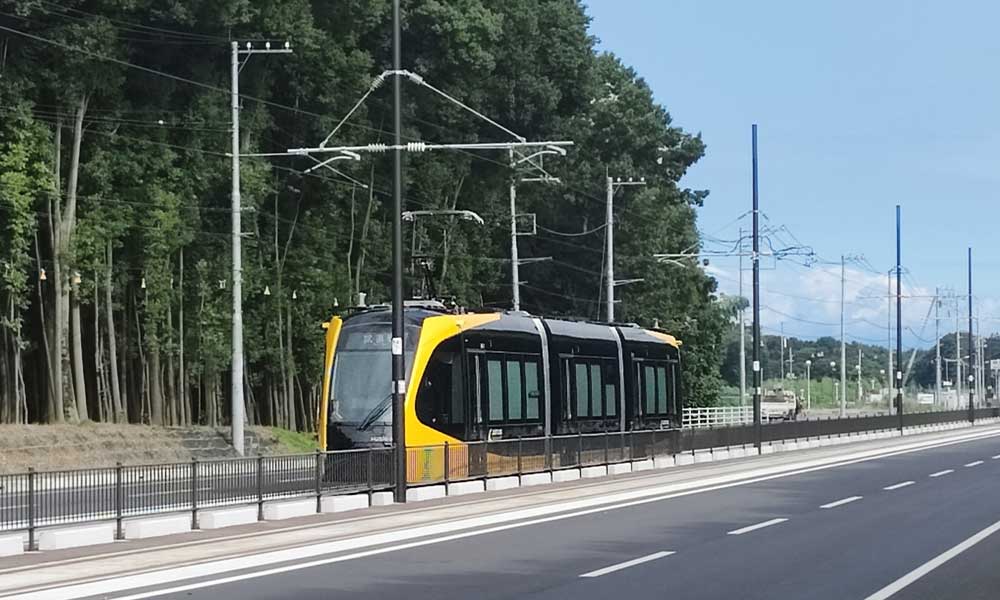
Haga-cho is a town with a well-developed public transportation network, including trams.
Haga Town is served by the Utsunomiya Light Rail, which has four stations: “Haga Town Industrial Complex Management Center Mae Station,” “Kashinomori Park Mae Station,” “Haga Takanezawa Industrial Complex Station,” and “Haga-dai Station.”
Opened in August 2023, the Utsunomiya Light Rail is a tram line connecting Utsunomiya Station’s East Exit to the Haga Takanezawa Industrial Complex stop in Haga Town. It is notable as the first new tram line in Japan since 1948. The train operates using renewable energy, producing no carbon dioxide emissions, and has gained attention as an environmentally friendly mode of transportation for the next generation.
The main road running through Haga Town is Prefectural Road 1, which switches to National Route 123 at the Gogyō River. This road is used as a local thoroughfare connecting Utsunomiya City to the west and Ichikai Town to the east.
Bus services in Haga Town are operated by JR Bus Kanto and Kanto Motor Bus. Additionally, a demand-responsive transportation service, the Fureai Taxi Hibari, is available for shared taxi rides.
With the opening of the Utsunomiya Light Rail, it is convenient to travel by train. There are also many buses in operation, so there are plenty of ways to get around.
To get to Utsunomiya city, you need to cross the Kinugawa River, which can cause traffic jams. There are few local buses, which can be inconvenient.
How are the rent and land prices in Haga Town?
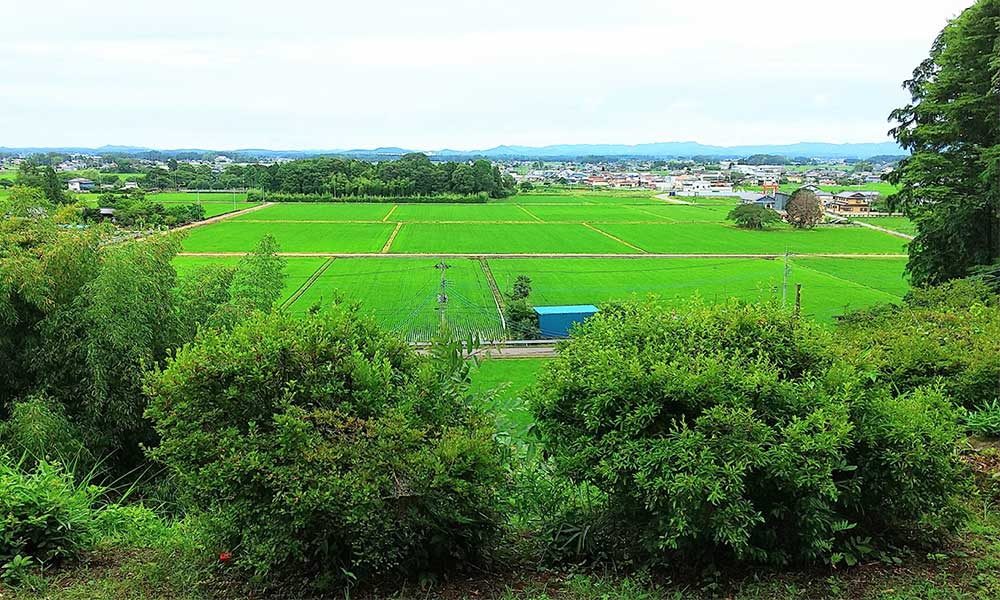
Haga Town is a pleasant place to live, with new residential developments and homes that take advantage of the natural environment.
According to information on a real estate information website, the average rent in the city for a newly built apartment within a 10-minute walk from the station is about 48,000 yen for a 1K and 50,000 yen for a 2K. The average land price per tsubo is about 60,000 yen per tsubo.
In Haga-cho, detached houses are the norm, but there are also many apartments, making it possible to find a wide range of housing that can accommodate families and single households.
Kaga town is rich in nature, with many parks and green spaces around the houses. There are also commercial facilities and supermarkets, so the necessary facilities for daily life are relatively well-equipped.
Haga Town is close to the Kinugawa River, so it is important to check the hazard map.
How is childcare and education in Haga Town?
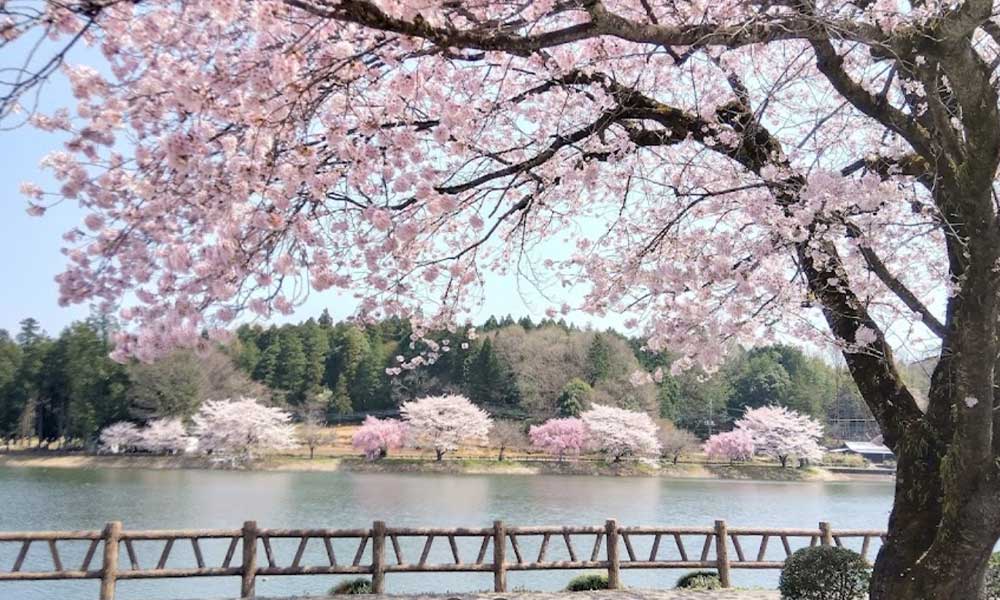
Haga Town is a town with a rich educational environment and childcare support facilities, making it a safe place for families with children.
In Haga Town, there are four nursery schools, one kindergarten, three elementary schools, and one junior high school.
The Child Medical Expense Subsidy covers children under 18 years old (until March 31 of the year they turn 18) for both outpatient and inpatient treatment, with full coverage.
Child allowances are provided as follows: 15,000 yen for children under three years, 10,000 yen for the first and second child from three years to just before entering elementary school, 15,000 yen for the third child and beyond, and 10,000 yen for junior high school students.
Haga Town also has unique support systems.
The town’s Childbirth Celebration Fund provides 100,000 yen for each child.
Additionally, the Haga Town Nikotto Child-Rearing Support Project offers consistent support from pregnancy through childbirth and child-rearing. It includes three consultations during pregnancy, childbirth, and newborn phases, as well as financial support: a 50,000 yen childbirth grant and a 50,000 yen newborn support grant after the newborn visit.
Furthermore, there is a Child Seat Purchase Subsidy, which provides up to 10,000 yen for households with children under six, covering half the purchase price per child seat.
The Child-Rearing Generational Comprehensive Support Center Nikotto has health nurses and specialized staff to provide consultations on pregnancy, childbirth, and child-rearing, ensuring robust support for families.
We provide generous support for child-rearing, including birth gifts and financial assistance.
There are almost no high schools, universities, or cram schools, so children have to rely on neighboring cities.
How about shopping in Haga Town?
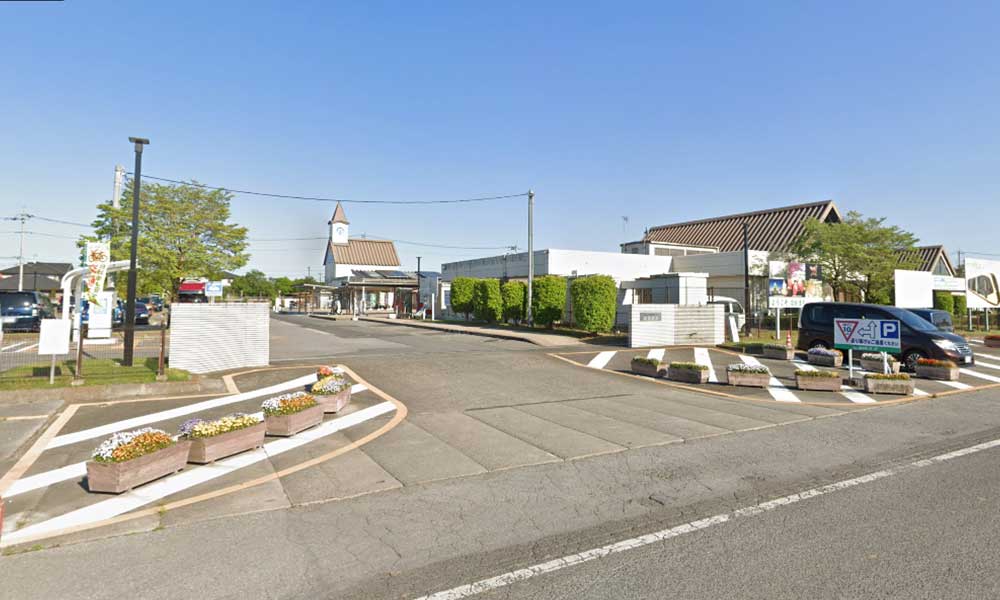
Haga Town: A town with everything from shopping malls to roadside stations
In Haga Town, supermarkets, roadside stations, and clothing stores are scattered mainly along Prefectural Road 69. Since the shops are spread out along the road, it can be somewhat inconvenient for shopping without a means of transportation like a car.
Motenasu Haga is a shopping mall that includes a supermarket and a drugstore. The supermarket Tairaya is popular among locals for its wide variety of products and reasonable prices.
The Haga Roadside Station features a stylish Western-style building along Prefectural Road 69.
It is a popular facility that includes a product center, a direct sales area for agricultural products, and a day-use hot spring facility called “Roman no Yu,” making it always bustling with visitors.
There is a small shopping mall where you can buy all your daily necessities. At the roadside station you can buy locally grown vegetables.
There are few commercial facilities and no places to buy fashionable clothing or miscellaneous goods.
How about jobs and recruitment in Haga Town?
Haga Town: an industrial park and a place where you can find jobs at major companies
The average annual income in Haga Town is 3.05 million yen.
The main industry in Haga Town is agriculture. Rice, pears, strawberries, tomatoes, livestock, etc. are thriving.
The number of agricultural-related jobs in the town is limited, but there is a system to support new farmers.
The Youth Farming Subsidy System provides subsidies (1.5 million yen/year, paid for up to 5 years) and a new farmer bonus of 50,000 yen to households aiming to start a new farming business.
(There are conditions for receiving the subsidy, such as being under 45 years old.)
Other industries include manufacturing. About 100 companies are located in the Haga Industrial Park and Haga-Takanezawa Industrial Park, which are located in the town. In terms of fields, there are many automobile-related industries, so a certain number of jobs are expected.
Major manufacturers’ offices and factories are scattered around the area, so it is possible to find stable corporate employment.
There are few commercial businesses, so the service industry is limited.
Haga Town, Tochigi’s unique subsidy/subsidy system
Haga Town, Tochigi’s unique housing assistance and subsidy system
Haga Town, Tochigi’s unique childcare support system
| Birth Celebration Grant Haga Town Nikotto Child-Rearing Support Project Child Seat Purchase Subsidy JR Commuter Ticket Discount for Households Receiving Child Allowance |
Haga Town, Tochigi’s unique system for further education and tuition assistance/subsidies
| School support Scholarship Program |






